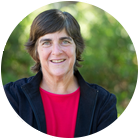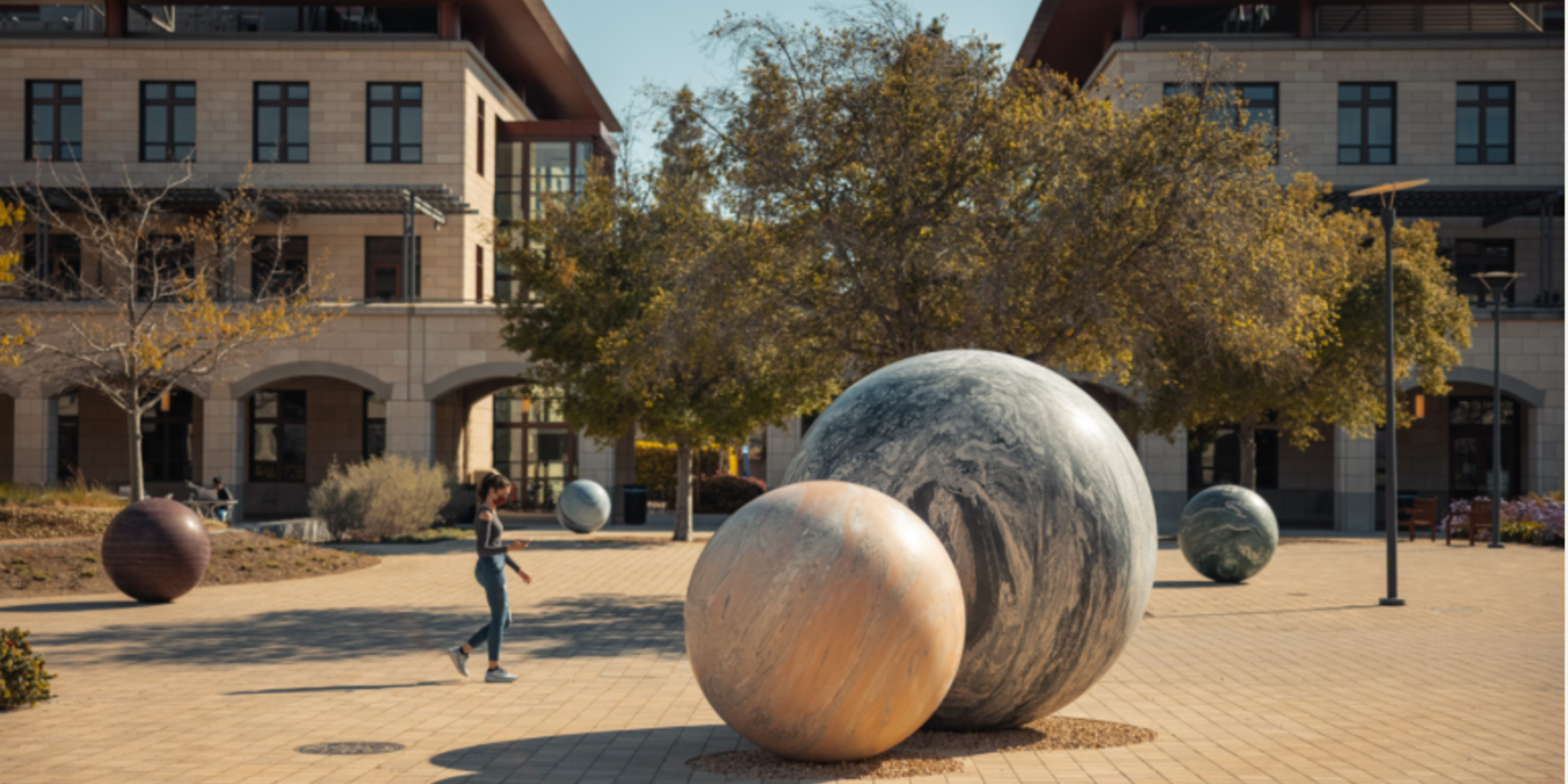Fostering collaboration across Stanford to explore the world’s urgent global challenges

One of my favorite parts of being dean of the School of Engineering is having the opportunity to hear about the extraordinary research of our faculty, especially when working in collaboration with colleagues from other parts of campus. In May, I had the privilege of listening to four remarkable teams of scholars propose ideas for funding from the Catalyst for Collaborative Solutions.
The Catalyst, you may recall, emerged from the SoE-Future strategic planning process as a way to encourage interdisciplinary teams of researchers to come together to work on bold ideas that are likely to have significant impact on world challenges.
The four proposals had been chosen as finalists from an initial set of 33 submissions. The ideas expressed in them are far-reaching in scope and incredibly exciting in their potential ramifications. They focus on data-driven approaches to poverty reduction, and on various aspects of human health and well-being, including creating healthier workplace and living environments; increasing physical activity; and using artificial intelligence to better understand and ultimately treat developmental disorders such as autism spectrum disorder.
I’m excited by these projects not only for what they are likely to do for the world, but for what they say about the possibilities for the role of engineers in society. It’s no secret that many in the U.S. and abroad worry about potential abuses and misuses of technology. We see the news stories every day. They raise profound questions about the way humans, and society more broadly, can and should interface with technology. I’m proud that our faculty is grappling with these important ethical questions as they simultaneously take on complex technical challenges.
The Catalyst proposals, like much of the research underway at the School of Engineering, demonstrate our conviction that tackling the world’s urgent challenges requires engineering principles and techniques, along with a broad understanding of societal needs and demands.
I’m very pleased that the recently launched vision for Stanford, “Navigating a Dynamic Future,” reinforces many of these themes. Stanford President Marc Tessier-Lavigne shared this vision for the university’s future, the result of the Long-Range Planning process that began over a year ago. In his presentation, he announced a series of Presidential Initiatives, including one on Ethics, Society & Technology.
He committed Stanford to creating new structures and resources to take on urgent challenges in health and medicine, sustainability, and our digital future. He put these and many other new initiatives and goals in the context of Stanford’s fundamental mission and values: “ethical and purposeful engagement with our community and the world.”
Stanford Engineering has a big role to play in each of these areas, as well as many others laid out in the university’s vision. One of my primary goals as dean is to further integrate the School of Engineering with Stanford’s six other schools. In doing so, we will ensure we are exploring challenges from a broad, systemic perspective as we continue to explore new technological frontiers.
Jennifer Widom
Frederick Emmons Terman Dean, Stanford School of Engineering
Fletcher Jones Professor in Computer Science and Electrical Engineering




